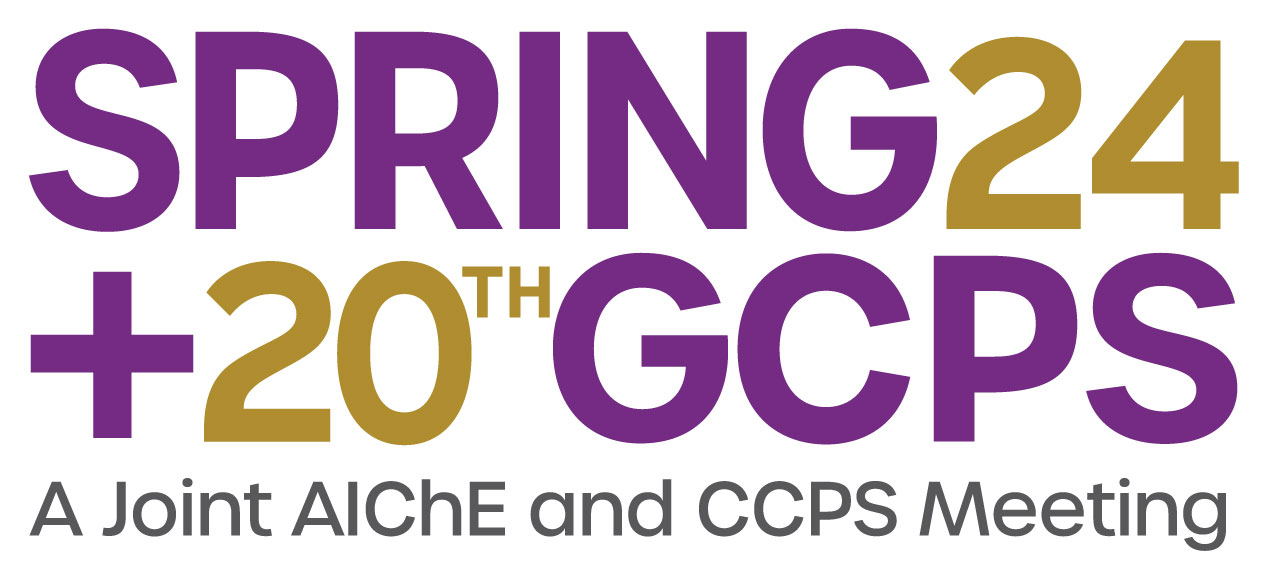

New regulations imposed on Ethylene Production Facilities present new challenges in the areas of design, operation, and environmental compliance, especially with respect to Multi-Point Ground Flare (MPGF) systems. In 2020, The EPA enacted modified rules for Ethylene Production Maximum Achievable Control Technology (EMACT) to minimize pollutants emitted from these facilities as defined in the National Emissions Standard for Hazardous Air Pollutants (NESHAP). The revised requirements of the EMACT prohibit venting and flaring for all but emergency situations. Reduced emergency flaring leads to more use of what are known as “early stages†of the MPGF system. This increased use of these early stages causes more wear and tear than seen before in the same applications. Other challenges include an increased desire for facility owners to eliminate negative environmental impacts and operate the facility effectively. Efficient operation of the MPGF requires a comprehensive understanding of all potential relief cases, an intelligently designed MPGF, and continuous operator involvement. A properly designed MPGF will allow operators to continue operation through all flaring scenarios. Additionally, it is important for the MPGF system to light reliably and effectively when required. Owners may retrofit older MPGF systems to meet current requirements. Changes may be as simple as adding monitoring devices but could be as complex as adding pilots, burners, and additional stages. This article will provide a comprehensive review of the EMACT requirements and how they pertain to the operation and maintenance of a MPGF system for reduced emissions as well as how EMACT pertains to other flare systems.
Presenter(s)
Language
Pricing
Individuals
| AIChE Member Credits | 0.5 |
| AIChE Pro Members | $19.00 |
| Fuels and Petrochemicals Division Members | Free |
| AIChE Graduate Student Members | Free |
| AIChE Undergraduate Student Members | Free |
| AIChE Explorer Members | $29.00 |
| Non-Members | $29.00 |
